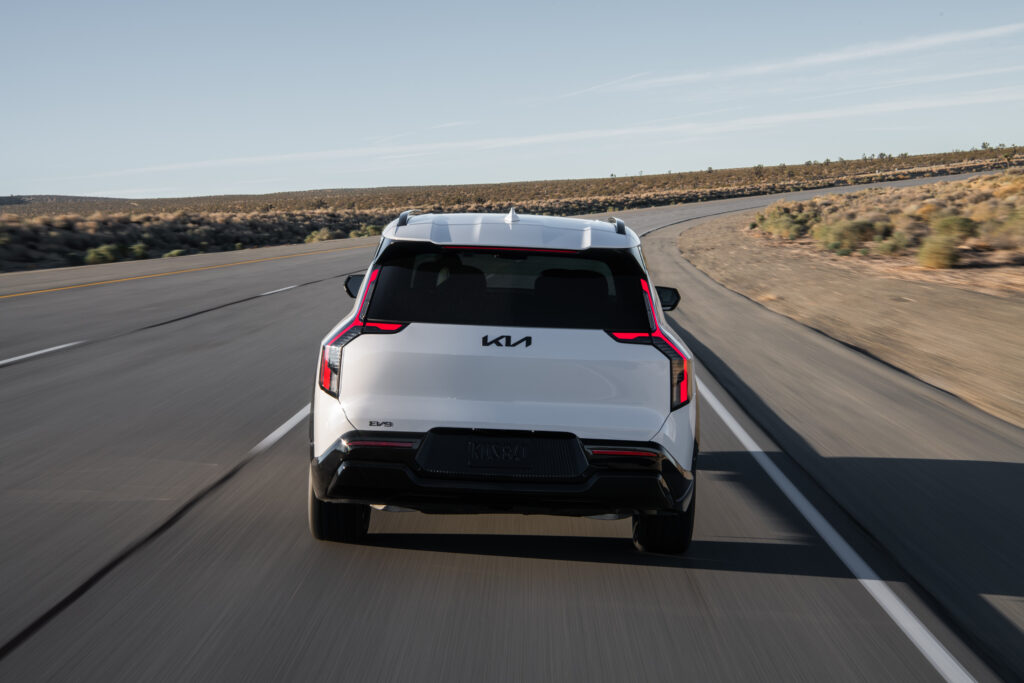In a major boost for South Korean automakers, the recent agreement between South Korea and the United States to reduce tariffs on Korean-made automobiles and auto parts from 25% to 15% is expected to revitalize the export strategies of Hyundai Motor Company and Kia Motors. With the United States being Korea’s largest auto export market, this development provides much-needed clarity for automakers navigating an increasingly competitive global landscape.
Tariff Relief Brings Strategic Breathing Room
Previously, under the Korea-U.S. Free Trade Agreement (FTA), Korean automakers enjoyed duty-free access to the American market. However, under the Trump administration, tariffs were raised to 25%, placing Hyundai and Kia on equal footing with Japanese and European automakers, who were already dealing with tariffs of around 2.5%.
Now, with the 10-percentage point reduction, the tariff aligns with those applied to Japanese and EU automakers, restoring parity in one of the world’s most important car markets.
Although this outcome isn’t the ideal scenario of full tariff removal, industry experts and government officials agree that “the worst has been avoided.”
Billions Saved in Operating Costs
The Korea Automobile Mobility Industry Association (KAMA) estimates that the tariff adjustment could save Hyundai and Kia around 3 trillion won ($2.1 billion) annually in losses. Since April, the elevated tariff had already led to a 1.61 trillion won hit in operating profits for both automakers, despite record-setting sales in Q2.
Had the 25% tariff remained, analysts projected potential losses of up to 9–10 trillion won per year in operating profit. With the revised rate of 15%, the financial damage is expected to be cut nearly in half, significantly boosting profitability and investor confidence.


Enhancing EV Competitiveness in North America
The tariff reduction comes at a crucial time for the South Korean auto industry’s transition to electric vehicles (EVs). Hyundai, Genesis and Kia’s flagship EV models—IONIQ 5, EV6, and the Genesis GV70 EV—are among the brands most affected by export pricing shifts.
With lower tariffs, the export price pressure on electrified models is reduced, enabling Hyundai and Kia to maintain competitive pricing in the North American EV market, which is rapidly expanding.
New Supply Chain and Production Strategies Underway
The agreement’s long-term impact will be felt not only in tariff savings but in the realignment of production and supply chain strategies. With reduced uncertainty in the U.S. market, Hyundai and Kia are expected to develop optimized Korea-U.S. production plans.
Hyundai Motor Group Chairman Chung Eui-sun, who visited the White House earlier this year, reaffirmed the Group’s plan to invest $21 billion in the U.S. by 2028. This includes expansion of production capacity at key American sites:
- Hyundai Motor Group Metaplant America (HMGMA) in Georgia
- Hyundai Motor Manufacturing Alabama (HMMA)
- Kia Georgia Plant
The new Metaplant in Georgia is expected to achieve annual production of 500,000 units, contributing to Hyundai Motor Group’s goal of producing 1.2 million vehicles annually in the U.S. by the end of the decade.
Additionally, the Group will begin exports from a new electric vehicle plant in Ulsan, Korea, scheduled to start operations next year.
U.S. Market Share and Competitor Landscape
In 2024, Hyundai and Kia sold 1.7 million vehicles in the U.S., securing a 10.8% market share. This positions them just ahead of European brands like Volkswagen (10.3%) but well behind Japanese brands such as Toyota and Honda, which dominate with a combined 37.1% market share.
The tariff reduction is expected to improve competitiveness against these rivals, particularly in the EV sector where Korean brands are aggressively expanding.
Industry Response and Forward Outlook
Officials from Hyundai and Kia expressed gratitude toward government ministries and the National Assembly, stating:
“We deeply appreciate the dedicated efforts to resolve the U.S. tariff issue. We will continue to strengthen our fundamentals through quality improvements, brand competitiveness, and technological innovation.”
Conclusion
The tariff reduction from 25% to 15% marks a pivotal moment for South Korean automakers. For Hyundai and Kia, the move safeguards billions in operating profit, boosts EV export competitiveness, and sets the stage for strategic realignment in the world’s second-largest car market. As they strengthen their U.S. presence with expanded investments and local production, Hyundai and Kia are poised to gain ground in the global automotive race.

